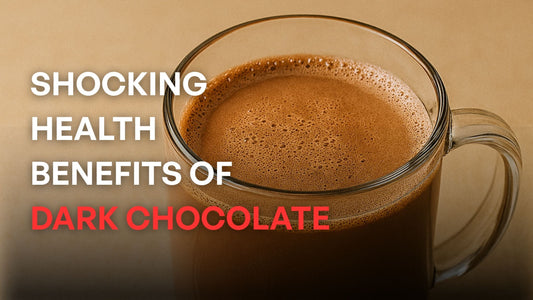Understandably, there is much debate over where the oldest traces of cacao can be found.
Traces of cacao have been documented back to ~4000 BC, along the coast of Southeast Mexico in the state of Chiapas and Tabasco, as well as Guatemala and the south-east zones of Peru.
These Mesoamerican regions were home to cultures such as the Olmecs, Mixe and Zoque cultures, and later Mayan, Inca, Moche, and Nasca.
The scientific name ‘Theobroma Cacao’ was given to the species by the Swedish botanist Carl Linnaeus in 1753.
Theobroma means 'food of the gods' in Latin, and the word "cacao" in English may derive directly from the Nahuatl word "cacaua" or "cacahuatl," which was borrowed from the Mayan word "kakawa," which in turn was borrowed from an older Olmec language. It's important to note that the word "xocolatl" is actually where the word "chocolate" comes from - not "cacao."
In this context, "xocolatl" refers to the dish, while "cacao" refers to the ingredient.
Many ancient cultures believed the cacao bean had magical divine properties, suitable for use in the most sacred rituals of birth, marriage and death.
By the 17th century, chocolate was a fashionable drink throughout Europe, believed to have nutritious, medicinal and aphrodisiac properties. It remained a privilege of the rich until the invention of the steam engine, making mass production of edible chocolate possible in the late 1700s.
And so today in the 21st century, the established literature points back directly to what ancient cultures already knew:
-
Cacao is a heart medicine.
-
It’s a tonic for the blood.
-
When consumed, it acts on the entire vascular tree of the human body.
-
It’s gram for gram arguably the most nutritious plant on Earth.
There’s something timeless about sitting with the parts of cacao beyond its physical parts, when we connect more deeply beyond the physical parts of ourselves.
Life is very different in the west, but we believe everyone is able to enjoy all that this plant has to offer in traditional & modern ways.
Cacao Collective
References:
a. Centro de Exportaciones e Inversiones Nicaragua (CEIN, 2012). Perfil
Cacao Orgánico: Mercado Europa. Managua-Nicaragua. Trade Points
2012. 25 p.
b. Centro Agronómico Tropical de Investigación y Enseñanza (CATIE,
2009). Calidad de Cacao en
Centroamérica: Un vistazo a la situación en 2009. Turrialba, Costa Rica,
2012. 88 P.
c. Durán R. Felipe; 2012. Cultivo y Explotación del Cacao. Bogotá,
Colombia. Grupo Latino Editores, 2012. 424 p.
d. García, C. Luis; 2010. Cultivares de Cacao del Perú. Lima, Perú.
MINAGRI, DEVIDA (2014) Segunda Reimpresión, junio 2014. 108 p.
e. Organización Internacional del Cacao (ICCO, 2014). Informe Anual
2007/08-2012/13. ICCO 2014. Londres, Reino Unido.
f. M&O Consulting S.A.C. (2008), “Estudio de la Caracterización del
Potencial Genético del Cacao en el Perú”. Consultoría: 24/2007/PNRC/
Lote2. Proyecto de Cooperación UE-Perú, en Materia de Asistencia
Técnica Relativa al Comercio. Apoyo al programa estratégico Nacional
de Exportaciones (PENX 2003-2013).
g. PROAMAZONÍA-MINAG, 2004. Manual del Cultivo del Cacao.
República del Perú. MINAG, DEVIDA, JULIO 2004. 130 P.
h. SUNAT-Estadísticas de comercio exterior, 2000-2015.
i. Transmar Group, 2014. Situación y Perspectivas del Mercado Mundial
de Cacao – Enfoque Américas. Marzo 2014.
j. UNCTAD, 2011. Convenio Internacional del Cacao, 2010. Ginebra.
Naciones Unidas, Ginebra (TD/COCOA.10/5). 49 p.





















